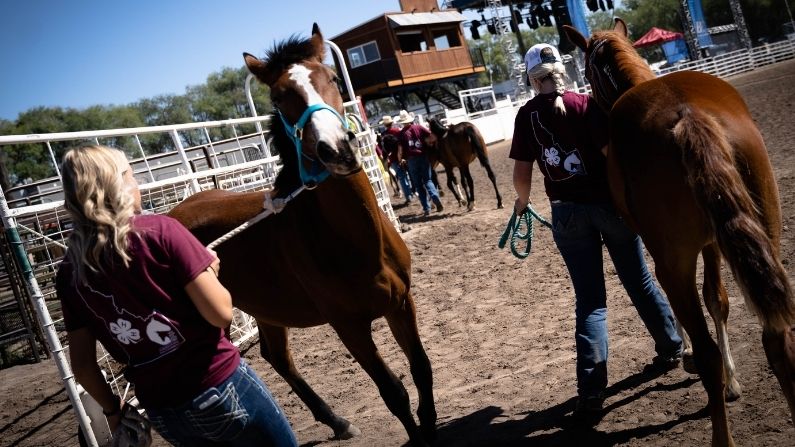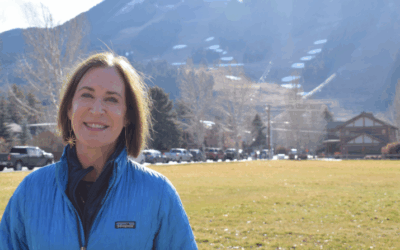The Bureau of Land Management (BLM) is conducting emergency roundups of 6,000 wild horses this month throughout the Western United States, drawing consternation from activists critical of both the methods used to capture the horses and the BLM’s population limits.
BLM Range Management Specialist Julie Smith explained why herd management is necessary on public lands that accommodate everything from mineral leases to recreation and mustang rangeland.
“They can double their herd size every four years, and they don’t have a lot of natural predators,” Smith said. “Eventually, they outgrow the carrying capacity out there.”
Though culling herd sizes is routine for the BLM, this latest initiative is largely a response to severe drought gripping the region, impacting both forage and water for the equines — meaning they don’t have enough sustenance. When describing this year’s conditions, Smith didn’t mince words: “Bad. Dry. Bad.”
Some of the nation’s largest wild mustang herds are here in Wyoming, just south of Pinedale. The BLM uses a variety of methods to manage herd size, including dart birth control. In some cases, the BLM also pays people to adopt the horses.
Other times the horses end up in government holding pens or they’re auctioned off. KHOL recently visited the Eastern Idaho State Fair, where a number of 4-H trained mustangs, originally rounded up in Challis, Idaho, were being auctioned. Though just yearlings, the horses were quite small for their age, largely due to malnutrition — and with strange haircuts. Nickalaus Hardy from the 4H program explained why.
“So, when horses have a lack of minerals they eat each other’s manes and tails” he said.

4-H participants get their newly trained horses ready for auction at the Eastern Idaho State Fair. (Emily Cohen/KHOL)
Each spring since 2009, 4-H club members like 15-year-old Cooper Hatch from Blackfoot, Idaho, have partnered with the BLM to select and take home young horses, generally between six to 11 months old, so they can begin the process of training them — a key step in their eventual adoption.
“I’ve learned a lot working with her,” Hatch said. “I’ve never really worked with a Mustang before.”
While they have to be auctioned off, the horses are often bought back by the families that raised them — if they can afford them. Just like houses, horse prices have skyrocketed during the pandemic. Hardy added, “It depends on the year as my experience. I bought my first year [horse] back for $350 and then last year I sold my second year horse for $1,000. But the highest I’ve ever seen them go for since I’ve been showing is $1,400.”
In October, the BLM will be rounding up 3,500 wild horses in Wyoming — 40% of the state’s wild horse population. There will also be a number of wild horse adoptions and auctions throughout the fall.






